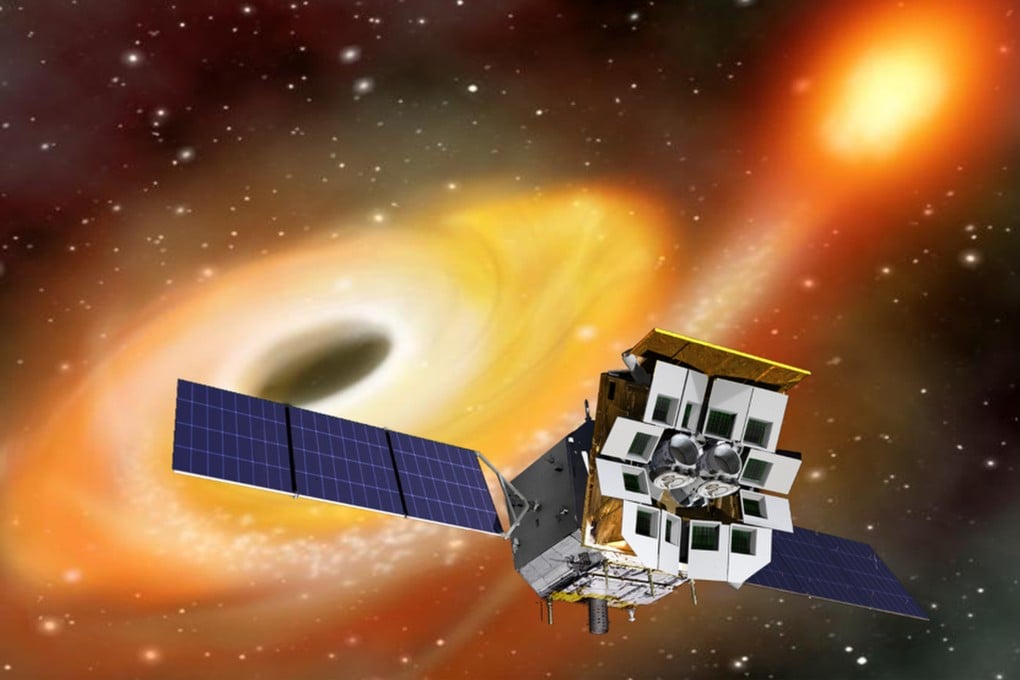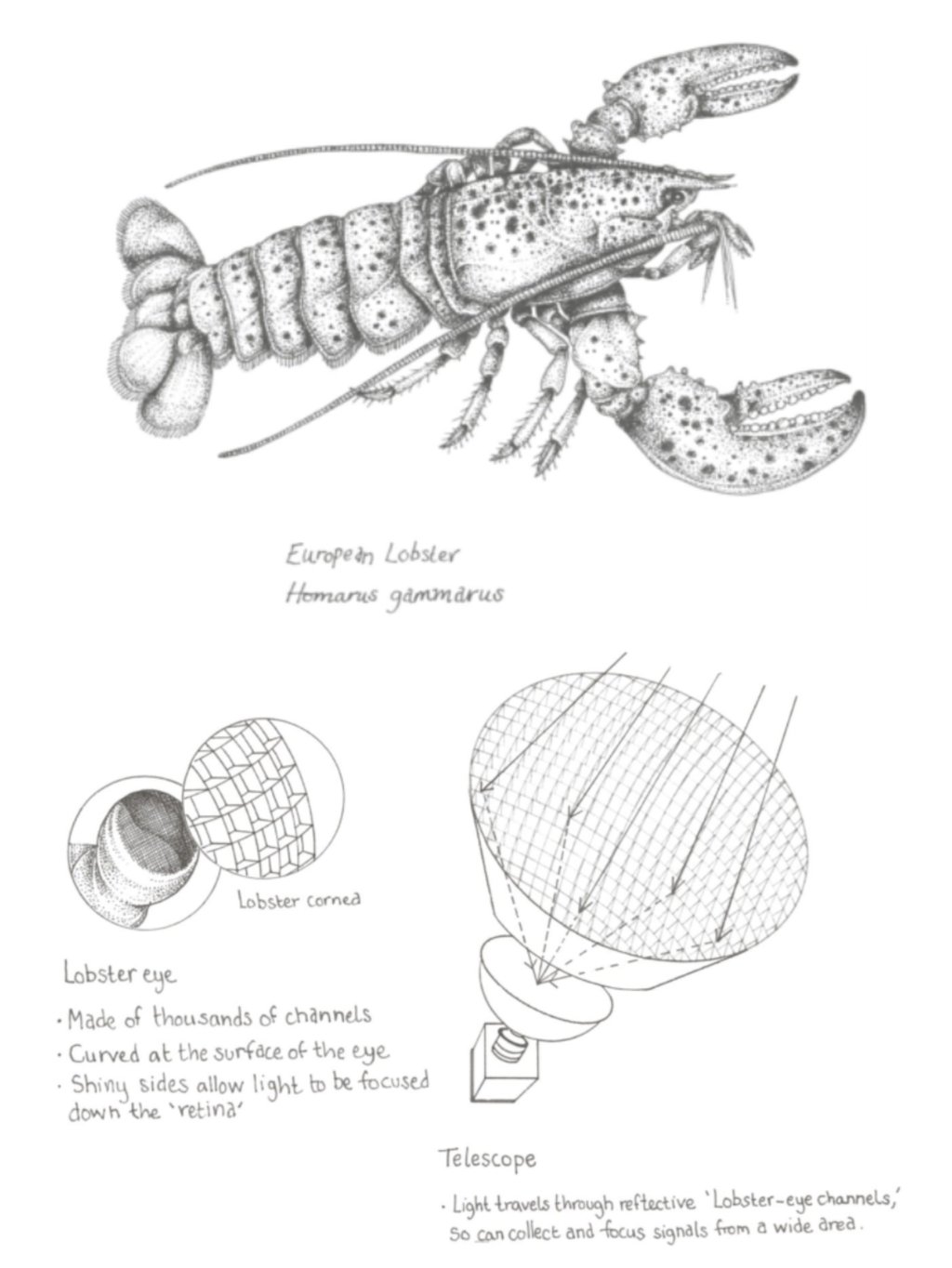China tests ‘lobster eye’ telescope to capture precise X-ray images of the universe
- Lobster Eye Imager for Astronomy (LEIA) took high-quality images, including the centre of our galaxy, Magellanic Clouds and Scorpius constellation
- LEIA technology will be used on the Chinese-European Einstein Probe to be launched in late 2023

China has successfully tested the world’s first “lobster eye” space telescope that will allow scientists to capture X-ray images of the universe with unprecedented efficiency.
At 500km (310 miles) above the Earth, the 53kg (117lb) Lobster Eye Imager for Astronomy (LEIA) took high-quality images of X-ray sources – including the centre of our galaxy, the Magellanic Clouds and the Scorpius constellation – the team reported in the peer-reviewed journal The Astrophysical Journal Letters last week.
“We are very excited about LEIA’s results. They’ve shown that our technology works, and the observation precision exceeded our expectation,” said astrophysicist Yuan Weimin, the mission’s chief scientist from the National Astronomical Observatory in Beijing.
LEIA’s technology will be used on the Einstein Probe, a much larger telescope that is being developed by Chinese and European scientists and will be sent into orbit late next year to revolutionise understanding of the X-ray universe.
X-rays are difficult to reflect and focus because of their high penetrating power. No existing X-ray telescope could take high-resolution images of a large enough area of sky, Yuan said.
Some could scan the sky within hours, but see only the brightest sources, while others could accurately observe one specific source, but not much else.

In the 1970s, biologists discovered how crustaceans such as lobster and shrimp had developed eyes to adapt to murky living environments under water.
